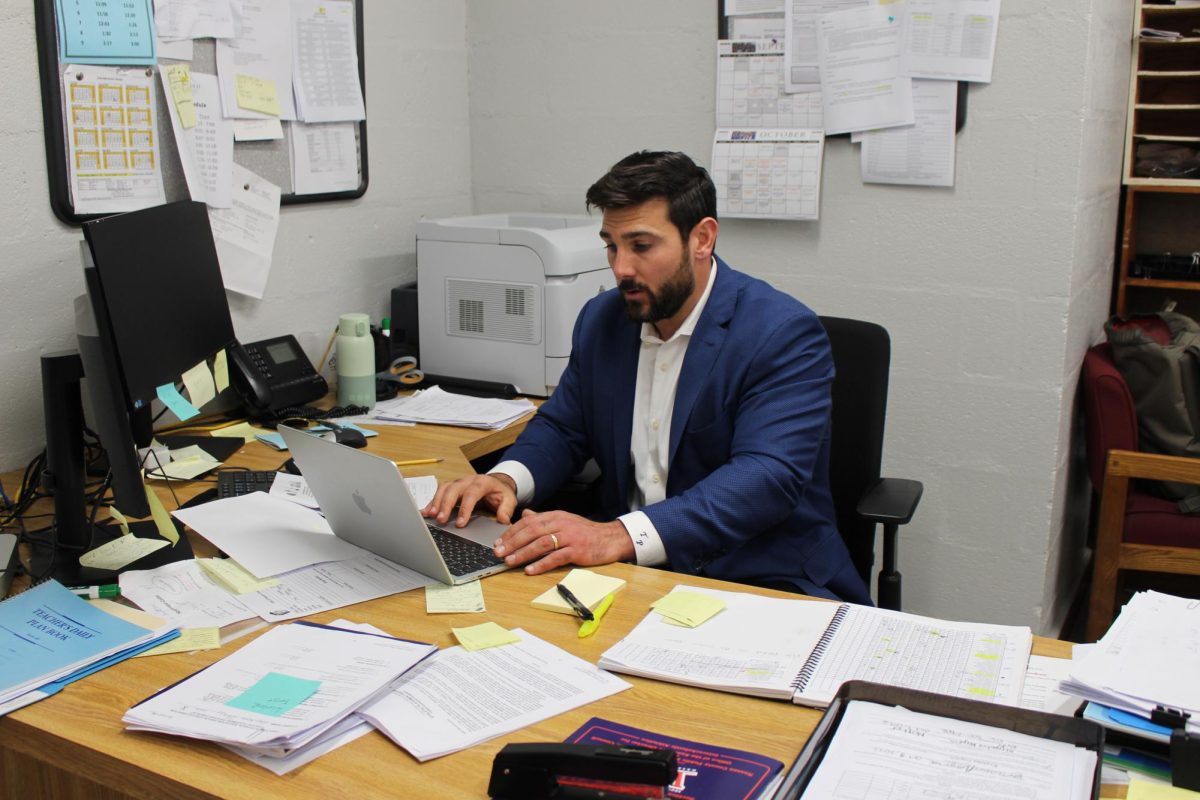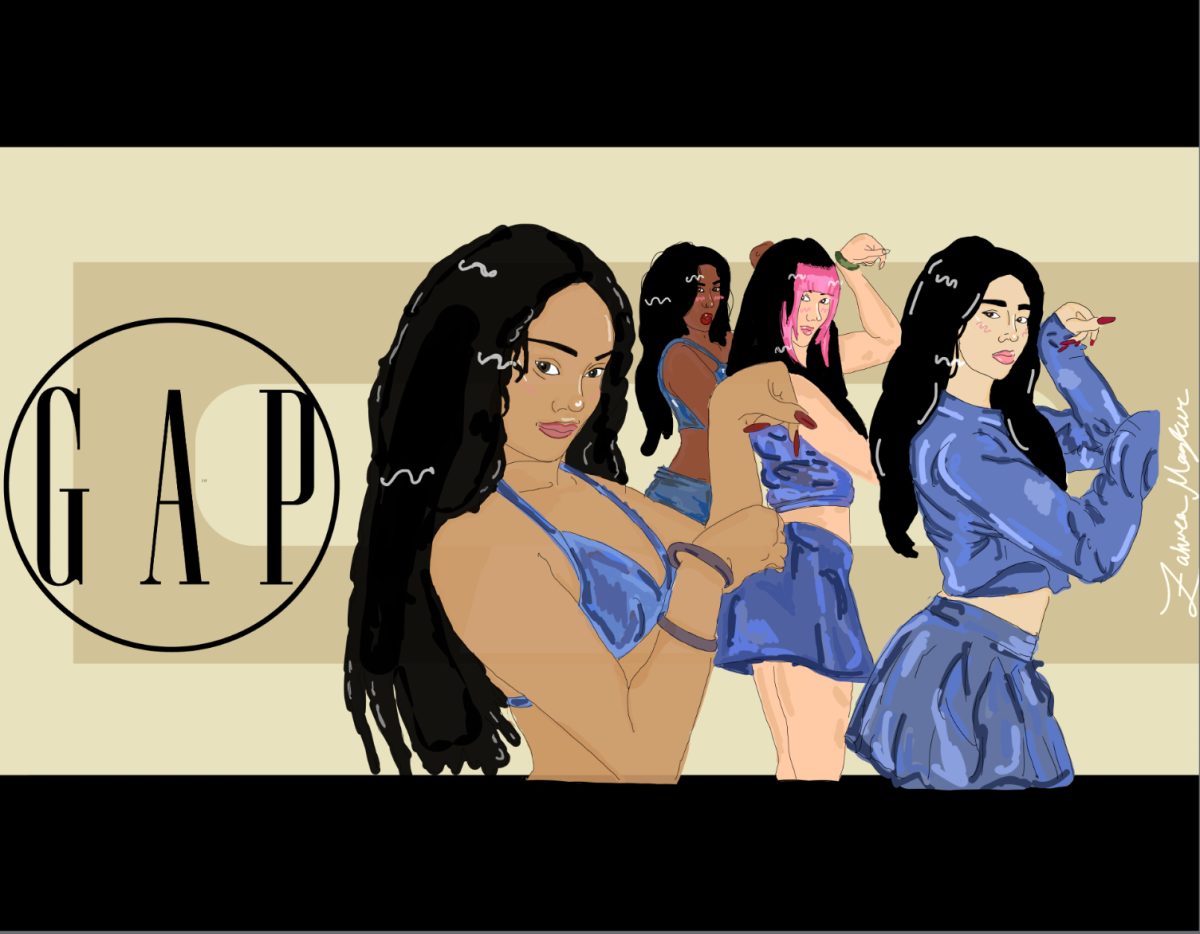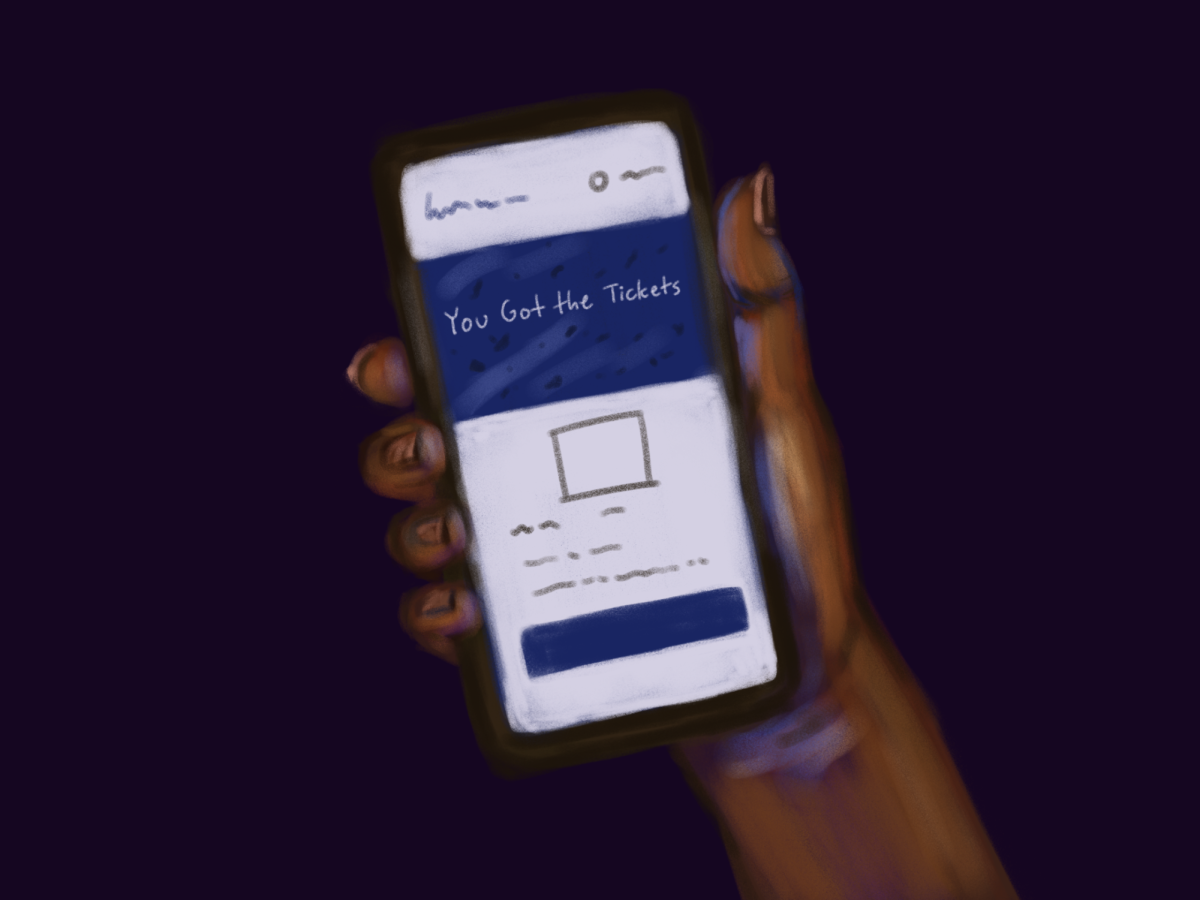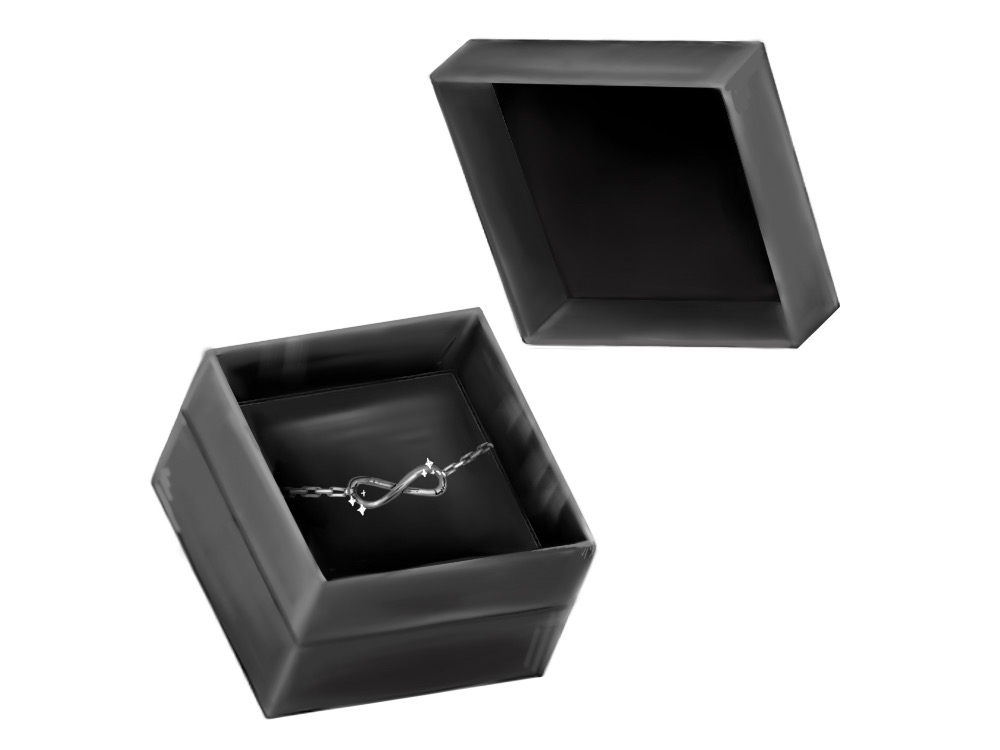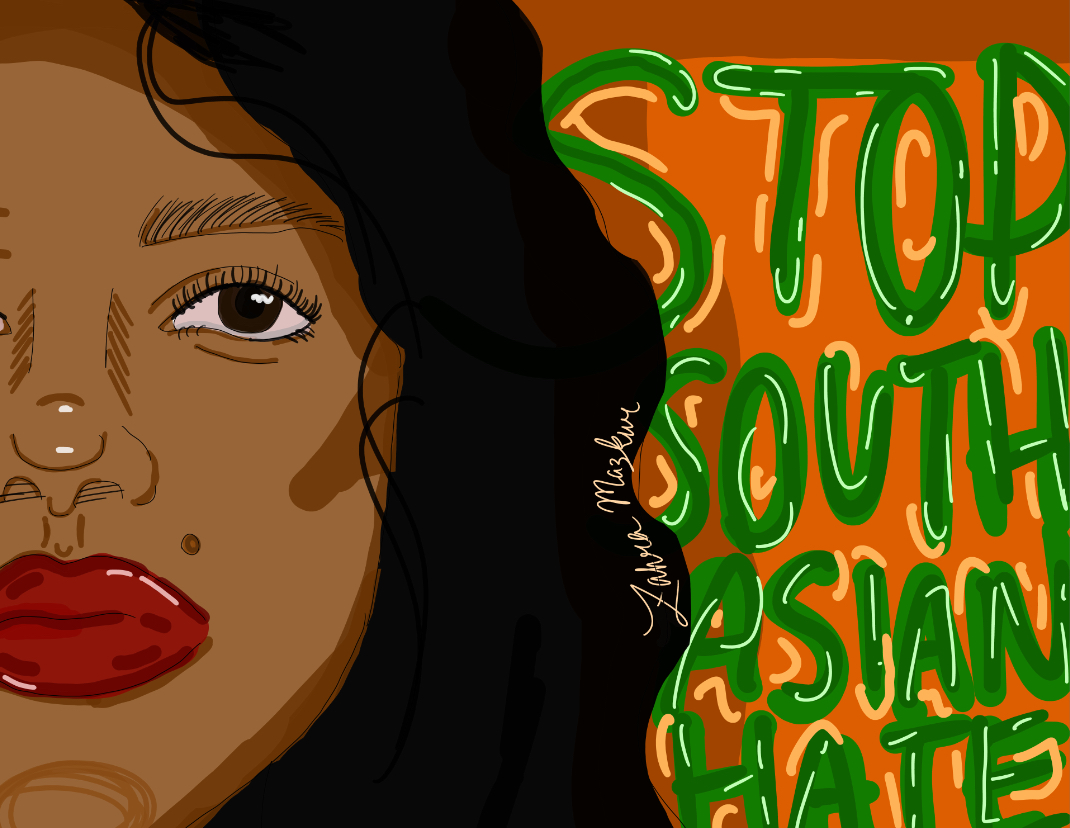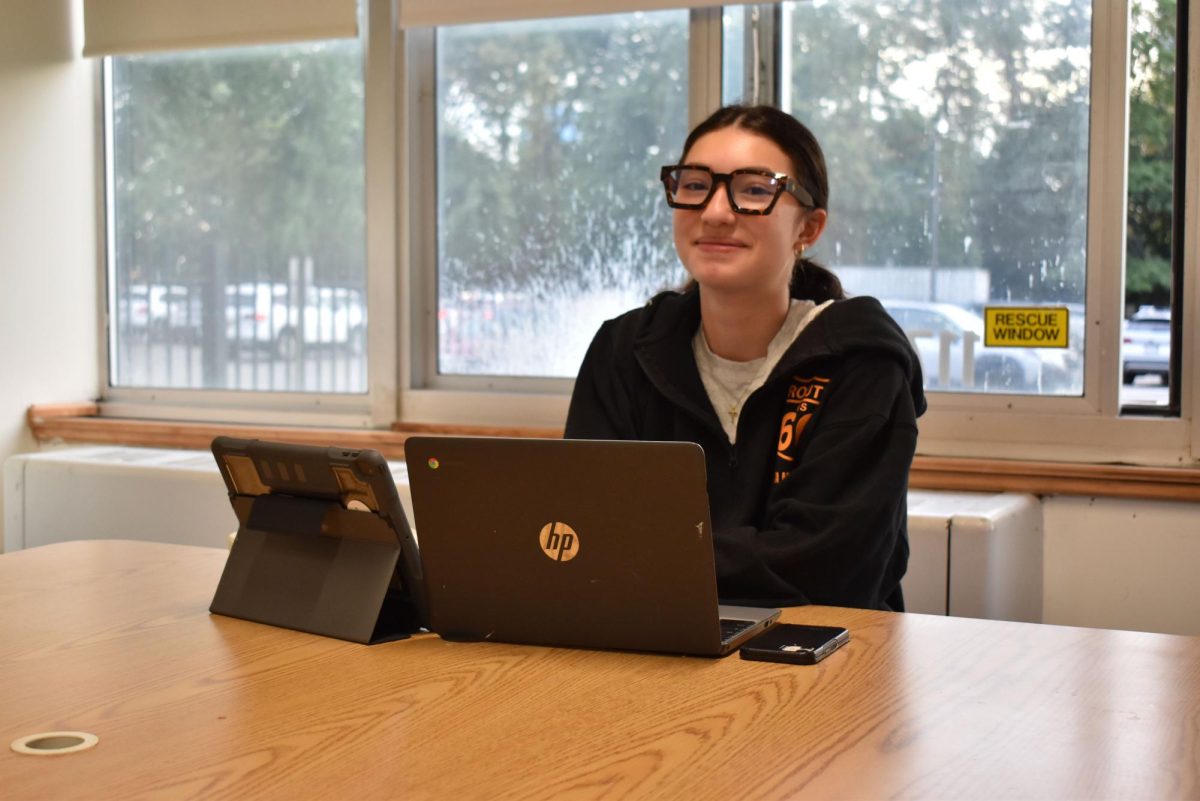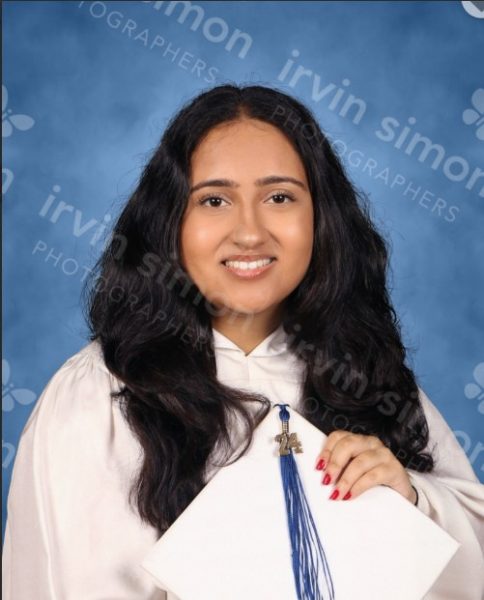In early April, student protestors against Israel’s involvement in Gaza escalated their advocacy and protests by launching encampments on college lawns after months of rallies, sit-ins and demands for their administration. Students have occupied buildings and used their graduation stages to voice their demands and disapproval with their universities, calling for financial transparency and divestment from Israel within their university. The university protests in the U.S. have led to a global chain reaction of encampments around the world.
Generally, students do not have access to where their money is going when they pay tuition fees to their universities. The student demands differ across each college and university, but they broadly start with disclosure and divestment. This entails full disclosure of finances, investments and endowments, including all arms manufacturing companies as well as a demand that the university divest from all holdings in any entities that “sponsor or are complicit in Israeli occupation, apartheid, or the current genocide in Gaza.”
Students also have boycott demands which include to cease banking with Barclays which, in the words of pro-Palestine protestors, has been “complicit in the architecture of Israeli apartheid” and to commit to a Palestinian-led rebuilding of the Gaza higher education sector. Additionally, after the mass arrest of protestors, the demands include amnesty.
Colleges currently caught in the wave of encampments have had varied responses to the protests. When student demonstrators across the country established their encampments in solidarity with Gaza, officials at several colleges and universities sent the police after them. Administration has cited their actions to be towards student safety, stating police involvement is targeted towards “violence and vandalism, not in response to peaceful protest.”
“I believe it is their right to peacefully protest, but what I do believe is that not everyone out protesting truly understands the full picture and my concern is that from that lack of education comes a lot of unrest and has escalated some of this protest and, as a result, [there] is a lot of negative media on both sides…,” assistant principal Ms. DeGennaro said. “I am all for peaceful protest and for students voicing their opinions and it has to be done [peacefully] with a level of education and true understanding of what it means to be out there and expressing your beliefs.”
“I’d say the protests are a good way for students to voice their concerns to their universities. Of the many methods of civil disobedience, what we’re seeing now is a protest that these universities simply cannot brush aside or ignore, due to their nature. While I do agree that their tactics can be controversial at times, in my opinion, these protests have been successful in bringing more attention to the situation in Gaza,” senior Alvin Paul said.
One of the most notable and pertinent examples of police involvement in the campus protests is the treatment of Columbia University students in their encampments, which drew national media attention and an aggressive police response. When University President Minouche Shafik authorized the New York Police Department to move into the east side of South Lawn on April 18, the Columbia Spectator described how hundreds of Columbia and Barnard students watched from behind the fenced perimeter as “protesters sat in two concentric circles, arms linked. In the outside circle, protesters faced the crowd, media, and police; on the inside, shielded from view, protesters faced each other, singing and crying together as they watched police arrest their colleagues one by one.” Student protestors were arrested by police, some of whom had guns drawn, and were also using sledgehammers, batons and flash-bag explosives.
Columbia President Shafik’s call for New York City police to clear encampments twice in April resulted in numerous student injuries and hospitalizations, more than 100 arrests as well as a rebuke from Columbia’s faculty. The campus remains on lockdown and the NYPD continues to surveil the areas around campus. Current Columbia students feel that while their co-workers and students still face expulsion hearings, Columbia violates its own procedures and obstructs due process. Additionally, the university is under federal investigation for anti-Palestinian racism.
“I feel like police in universities are often the ones that are escalating the situations and students are often peaceful until the police get involved. For example, in Northwestern and some other universities, universities have made peaceful agreements with protesters for an end to the encampments and that is the true solution to this issue, not an escalation from the police. The way that these universities have treated the protestors show their commitment to de-escalation which is generally how issues are resolved, not by police use,” junior Daniel Zekhti said.
“I think that the protests going on with students taking down American flags and threatening to hurt innocent students is not okay at all. It’s okay to express your feelings, just not at the level of hurting other people and rioting in the streets,” sophomore Mason Berardelli said.
The current situation regarding the Israel-Hamas protests are ongoing, with many schools having no official resolution agreed upon between administration and protestors. Students express intentions to continue to protest as they wait for universities to meet their demands.






